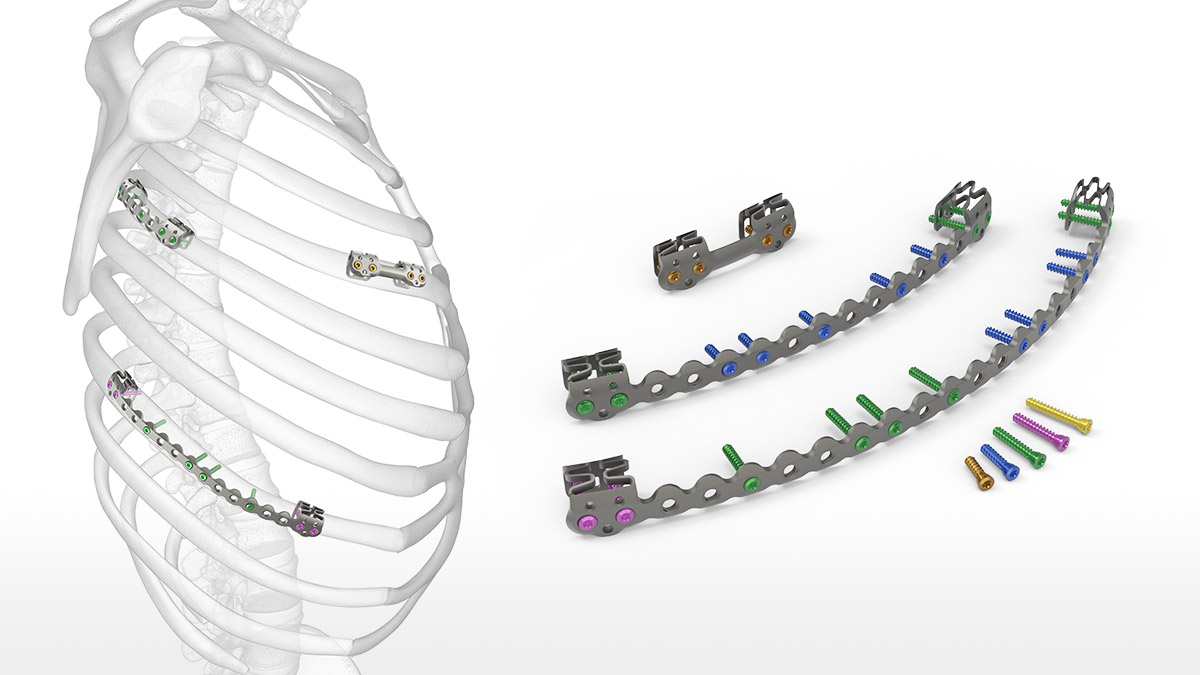
Product Overview
Acumed's U-shaped plate technology provides stability with anterior and posterior locking screws. The RibLoc U Plus Chest Wall Plating System offers straightforward, color-coded instrumentation for ease of use. The RibLoc U Plus 90 Instrumentation, a low-profile system, provides power for limited access areas to ensure efficiency in the operating room.
It may be used with both the Implantmed and Amadeo Power Systems in the United States, and internationally only with the Amadeo Power System.
Indications for Use
Related Documents
Videos
RibLoc U Plus Cadaver Lab with Lawrence Lottenberg, MD
RibLoc U Plus Voice of Customer Interview with Lawrence Lottenberg, MD
The Evolution of Rib Plating with Francis Ali-Osman, MD
Product Training Series: RibLoc U+ and U+ 90 Key Features with Elya Henry
U Plus Chest Wall Plating System
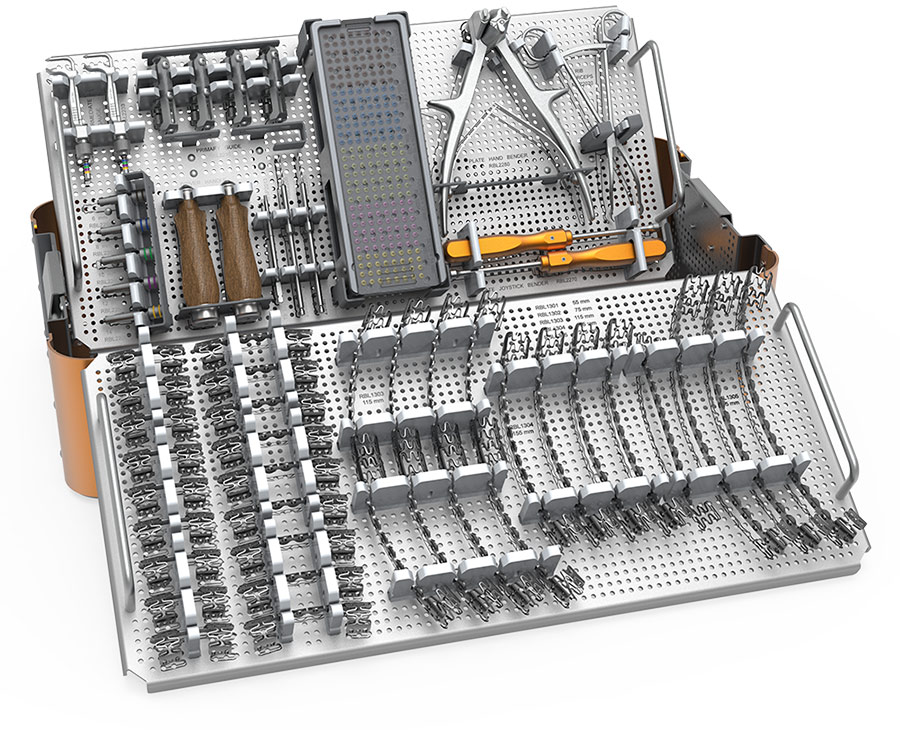
The U Plus system provides a solution for rib fracture repair that is stable, efficient, versatile, and customizable to each patient and situation.
- U-clips compress to match the rib thickness
- Plates address diverse fracture patterns
- Custom bending instruments
- Multipurpose instrumentation
A Variety of Plates, Custom Fit to the Rib
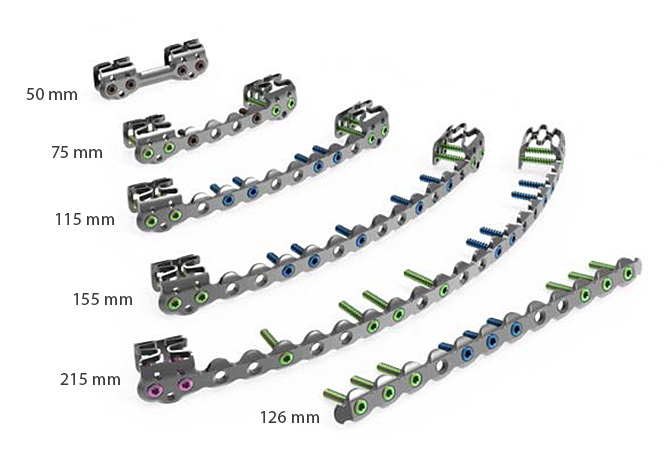
The RibLoc U Plus plate was designed to be customizable to the individual patient. The U shaped plates range in lengths from 50 mm - 215 mm, with a 126 mm straight plate, allowing the surgeon to address a broad range of fracture patterns.
All plates have been designed to work with existing RibLoc U Plus and U Plus 90 Instrumentation.
The advanced design of the plate offers a compressible U-clip to fit to a broad range of rib thicknesses (6 mm - 14 mm).
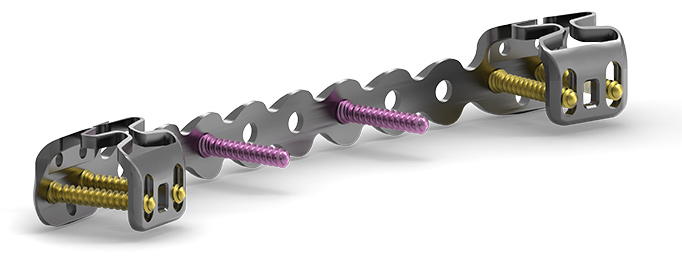

U Plus Placement on Rib
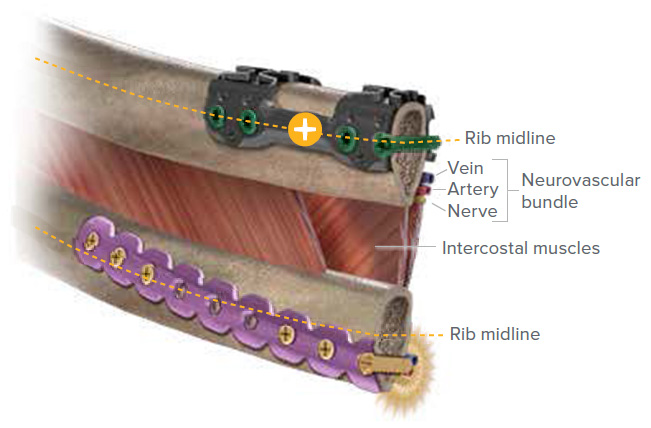

Anterior and Posterior Locking
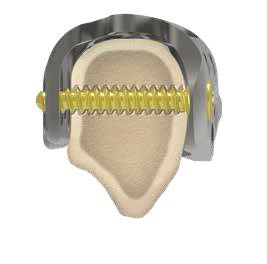

Sternum Fracture Fixation
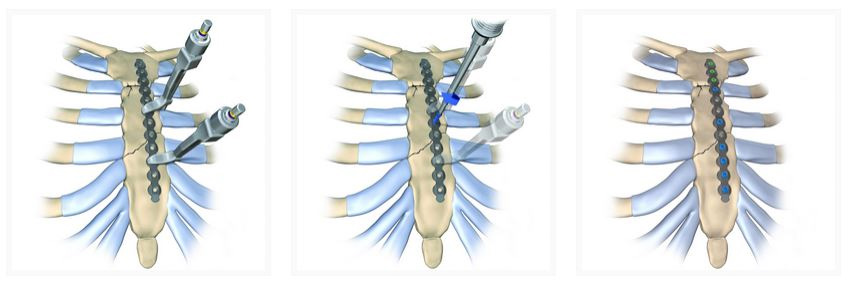
Straightforward Installation
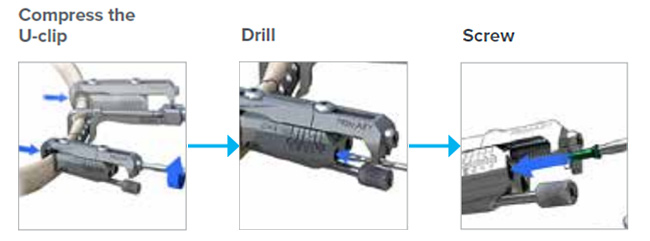
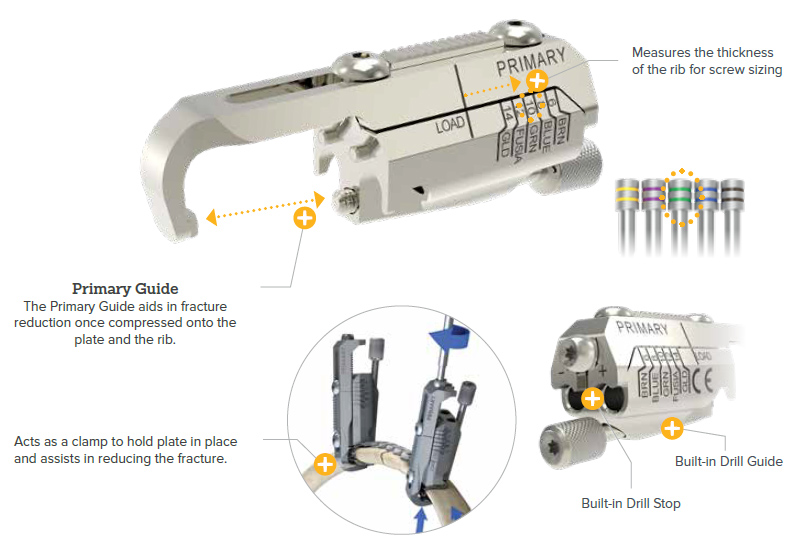
Dual-Locking Screws
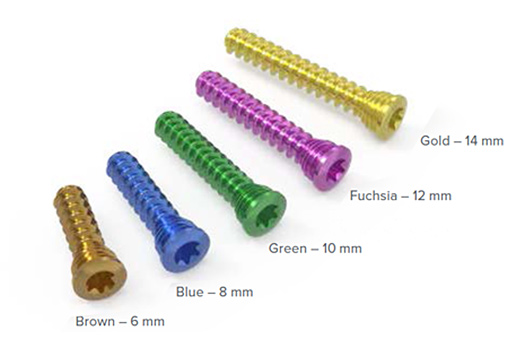
Custom Instrumentation
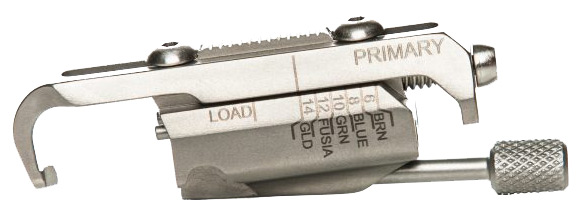
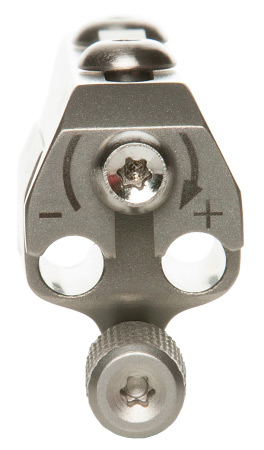

Intermediate Gauge
Hand Bender
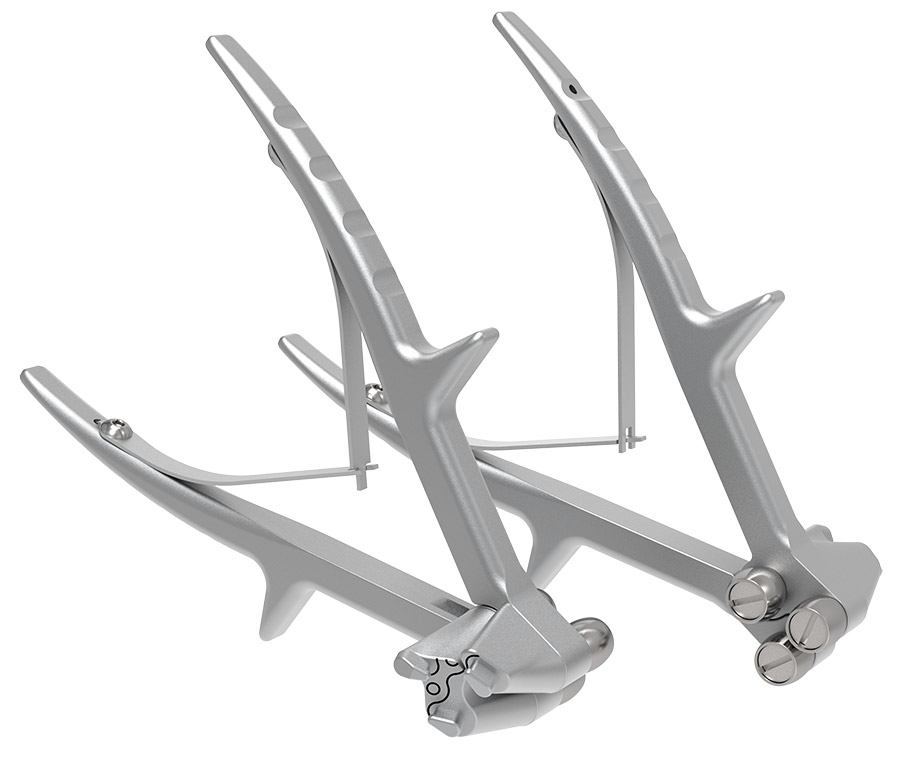

Joystick Bender
Rib Forceps
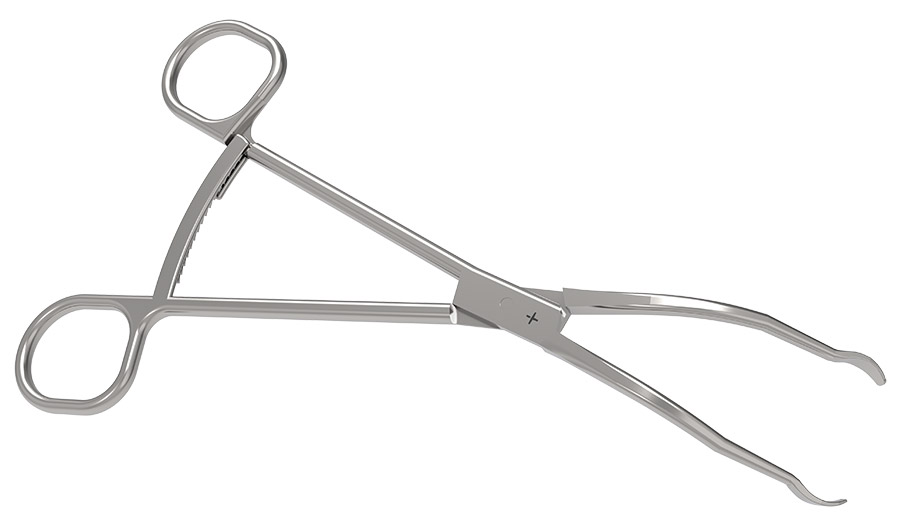
U Plus 90 Instrumentation System
The U Plus 90 System provides a comprehensive solution to plating ribs in limited access locations. The low-profile and 90° instrumentation facilitates fixation of subscapular, posterior, and anterolateral fractures through minimally invasive approaches.
The newest addition to the U 90 instrumentation is the Amadeo Control Unit, which features a wireless foot pedal.
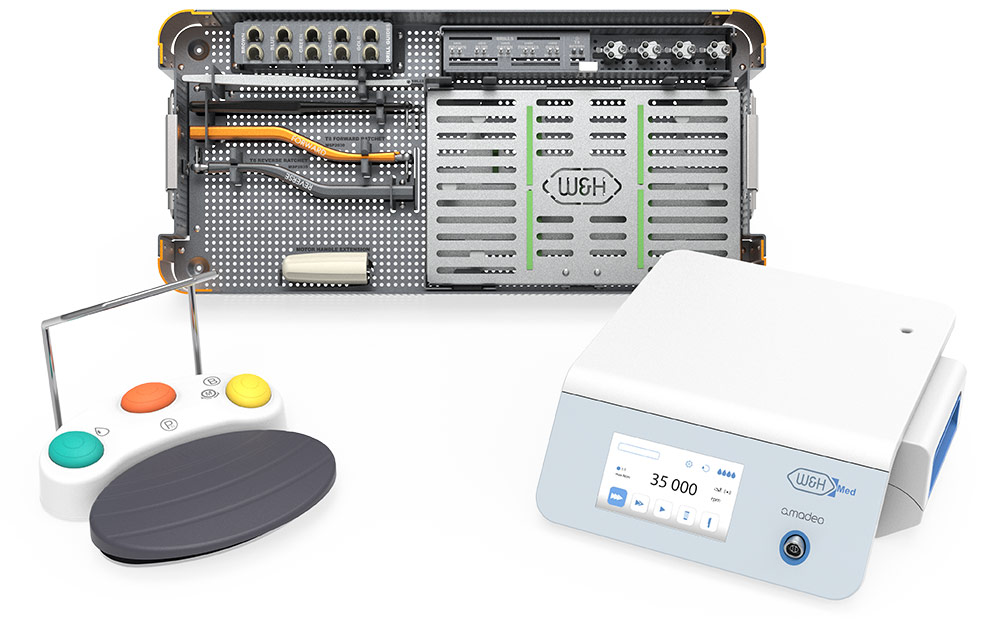
The U Plus 90 low-profile Primary Guides compress the plate to the rib while aiding in fracture reduction through minimally invasive procedures. This innovative guide provides straight-forward, color-coded measurements for screw length.
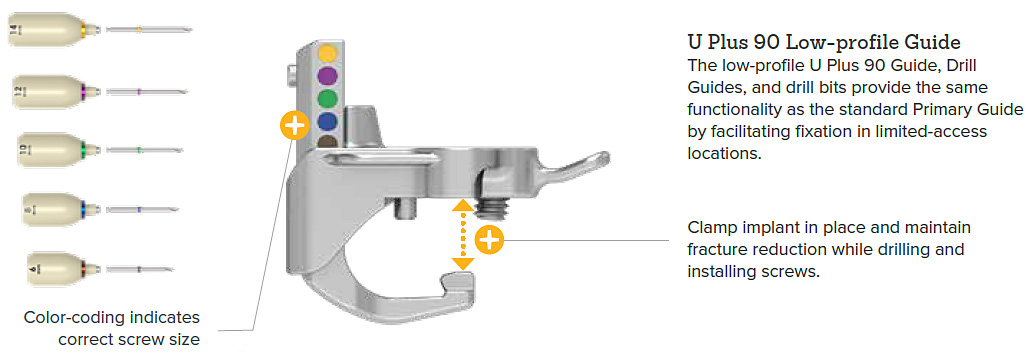
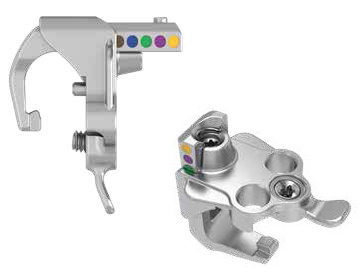
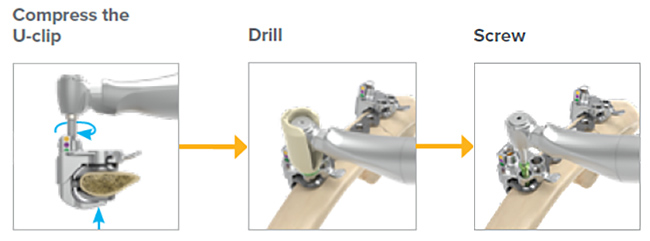
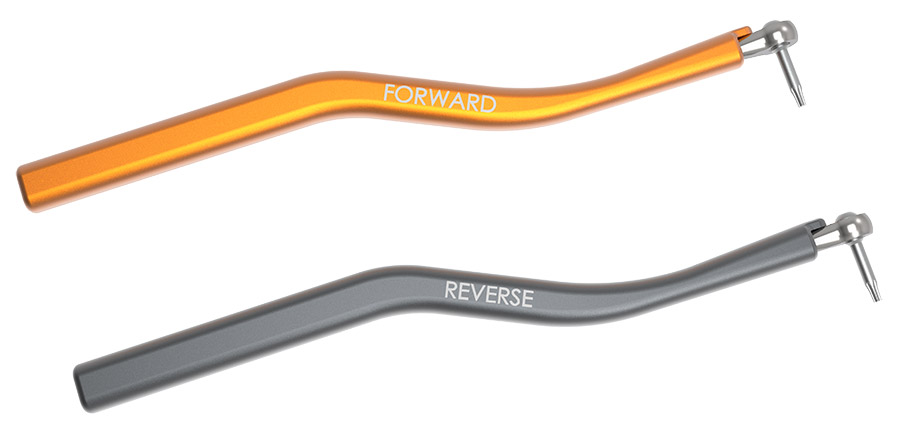
U Plus 90 Ratchets
Citations
- Nirula R, Mayberry JC. Rib fracture fixation: controversies and technical challenges. Am Surg. 2010 Aug;76(8):793–802.
- Giovanni Oppizzi, Dali Xu, Tirth Patel, Jose J Diaz, Li-Qun Zhang Open reduction internal fixation of rib fractures: a biomechanical comparison between the RibLoc U Plus system and anterior plate in rib implants Eur J Trauma Emerg Surg 2022 Aug 26
- Sarani B, et al. Pitfalls associated with open reduction and internal fixation of fractured ribs. Injury 2015; 46(12):2335-2340.
